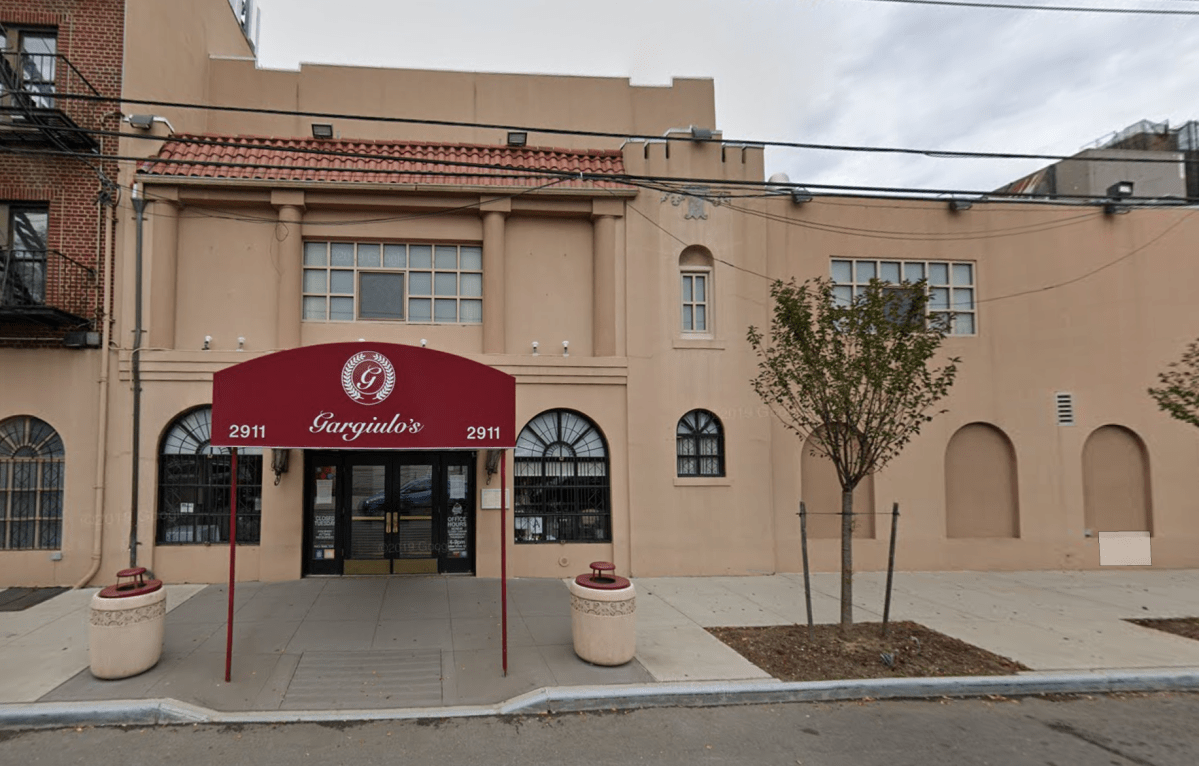BY HEATHER DUBIN | Locals could be tempted to set up an outdoor office this summer in Union Square Park, thanks to innovative technologies provided by the Union Square Partnership. Faster free Wi-Fi, handheld devices used to monitor sanitation and quality of life issues, and solar-powered trash compactors will make the park a more enjoyable space this season.
While complimentary Wi-Fi has been available in the park and surrounding area for a few years now, more people than ever now use handheld devices, and the system was due for an upgrade. A revamp of the equipment is being conducted by Sky-Packets, a Wi-Fi installation company, to be completed by June.
“It’s terrific about the new system,” said Jennifer Falk, executive director of the Union Square Partnership. “It’s so robust that it will accommodate side streets around the park,” she added of the beefed-up broadband. An extra antenna on the park’s north side near 17th and 18th Sts. will enable access at a cafe.
Funding for the Wi-Fi comes from the Union Square Partnership’s budget — and the Beth Israel Medical System, one of the largest institutions in the neighborhood, will sponsor the program for its first two years.
The new system has worked out a glitch, to Falk’s relief.
“I’m really glad that the Apple 5 users will now stop calling and saying they can’t hook up to the system,” she said with a laugh. “We’re really looking forward to providing as many people as possible with this service.”
Sponsorship money will allow for a marketing campaign to alert the public about the free service, which the business improvement district was unable to do in the past, claims Falk.
Users can get onto the system through the “USP Park Wi-Fi” network, and then agree to the terms and conditions.
“We’re limiting the speed to 2 megabytes per second per user, actually faster than a T-1 line, which is typically used in an office,” said Henry Quintin, C.E.O. of Sky-Packets. There will be more total bandwidth for people to use, resulting in faster speed. Equipment is strategically mounted on rooftops in the area and points back down at the park for people to get a signal, explained Quintin.
He hopes to segregate Internet traffic between those with older and newer devices.
“Anyone with an iPad 2 or higher will automatically connect to 5 gigahertz,” Quintin explained. This will prevent most users from being on one channel at the same time, and create a better experience for all. There are typically about 250 users per access point, and Quintin estimates about 1,000 people on the whole system at one time.
“We hope that people are smart enough to go to Union Square to not go to the park and do their banking,” he advised. “It’s for fun, not for serious stuff.”
In other wired doings around the square, a newer high-tech invention involves a handheld device that uses geo-coding to keep track of maintenance repairs needed around the park. From cracked sidewalks to broken streetlights, specific details can be electronically reported to the appropriate city agency, which will increase the pace of resolving problems.
“For the business improvement districts, sanitation and quality of life issues are a huge part of what they do,” Falk said. This includes sweet sweeping, as well as monitoring graffiti and 100 trees in the district, along with many other issues.
The BID’s employees have had to test phone booths for dial tones, inspect kiosks and examine trash receptacles, all manually, which amounts to, as Falk put it, “lots of man hours and foot time on the street.”
With the geo-coder, a worker can stand in front of a broken fire hydrant, and point the handheld device at it. A drop box will appear for the address, a description of the problem, and allow the worker to take a photo. The Fire Department is then later alerted through the system.
“We can electronically track these problems in the system, along with internal reports, and additional reports to tailor to send to our partners,” Falk said.
Designed by CDM-Smith, an engineering firm, this technology is a boon for cities, according to the BID executive director.
“The handheld system will streamline our process,” Falk said. “It’ll be easier to generate reports and get the information to an agency that can address it in a much more coherent fashion.”
Also targeted to be implemented in June, the device will be used by four employees on a weekly basis, and all the BID’s staff will receive training.
“We’re hoping that it’ll make the staff more efficient to get these surveys done quicker, so we can focus on other things,” Falk said.
Also on the high-tech infrastructure front, there are seven BigBelly solar-powered trash compactors throughout the park, which have already been in use for a number of years now.
“They can take 10 times more than a regular can,” said Falk of the bins’ capacity. “And the benefit is that it’s not only compacting the trash, it alerts you with a light on the can when it needs to be emptied.”


















